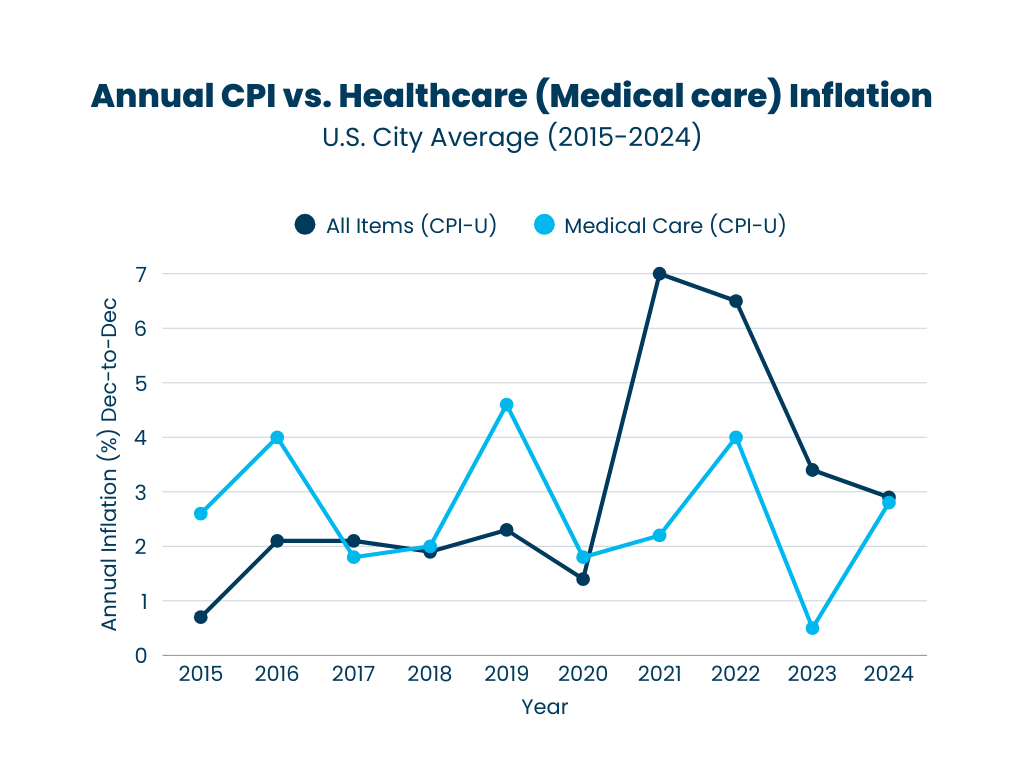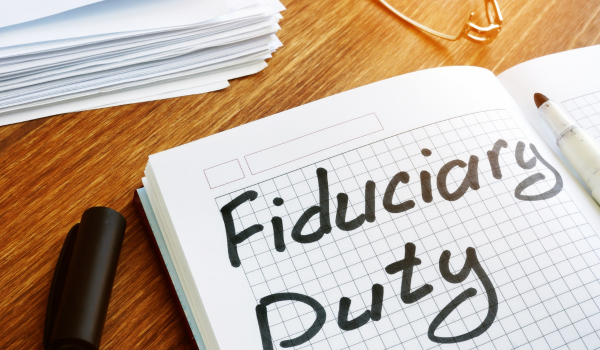Are Cash Balance Plans a Good Option for the Self-Employed?
July 10, 2025|Luke Matchett

Bottom Line Up Front
- Cash Balance plans enable high-income self-employed individuals, particularly those over 40, to supercharge their retirement savings beyond what traditional plans allow.
- Contributions are fully tax-deductible, creating immediate tax savings.
- While powerful, these plans come with strict funding obligations, administrative costs, and complex compliance rules, making them ideal for those with stable income and a long-term mindset.
When you’re self-employed, you’re in charge of everything – from client work to finances to your future retirement. And unlike traditional employees, you don’t have a built-in retirement plan waiting for you. That makes it even more important to find tax-smart, high-impact savings tools. One option that’s gaining traction among high-earning business owners? The Cash Balance Plan.
So, What Is a Cash Balance Plan?
Think of it as 401(k)’s sophisticated cousin. It looks like a retirement account with a balance that grows over time, but it’s actually a type of defined benefit pension plan with a modern twist.
Here’s how it works:
- You (as the employer) contribute a pay credit each year. This can be a percentage of pay or a fixed dollar amount (e.g., 25% pay for owners, 3% for others).
- Then, the account earns an interest credit, a guaranteed rate defined in your plan document. It might be a fixed rate or tied to something like U.S. Treasury yields.
- While it feels like a personal retirement account, it’s actually a company-funded benefit governed by specific pension rules.
Bottom line: You get the structure of a pension with the transparency of an account-based plan.
Why Cash Balance Plans Work So Well for the Self-Employed
1. Higher Contribution Limits – Especially As You Age
If you’re over 40 and looking to make up for lost time, a Cash Balance Plan (CB Plan) offers much higher annual contribution limits than IRAs or Solo 401(k)s. Contributions are calculated using actuarial methods and increase as you age.
Here’s what that might look like:
| Age | Approx. Max Contribution |
| 45 | $145,000+ |
| 55 | $245,000+ |
| 62 | $340,000+ |
(Actual limits vary based on income and plan design)
This makes it a standout option for late starters or those finally hitting their financial stride.
2. Major Tax Deduction Power
Contributions to a Cash Balance Plan are fully tax-deductible as a business expense. For self-employed professionals in higher tax brackets, such as doctors, attorneys, business owners, etc., this can lead to substantial savings. Since the contributions reduce your adjusted gross income (AGI), they may also improve eligibility for other tax benefits and deductions. A CB Plan not only helps build retirement wealth but also serves as a highly effective tax planning tool, lowering your immediate tax liability while increasing long-term savings.
3. Catch-Up Power for Late Savings
Many entrepreneurs spend their early years reinvesting profits or weathering financial ups and downs. Saving for retirement typically takes a back seat. As a result, many find themselves in their 40s or 50s with a strong income but a sizable gap in their retirement planning. If you’re in a more stable position but feel behind on your retirement planning, a CB plan can help you catch up fast, especially if you’re aiming to retire in the next 10-20 years.
4. Can Be Paired with a Solo 401(k)
One of the best-kept secrets? You don’t have to choose between plans.
One highly effective strategy used to help self-employed individuals save for retirement is pairing a CB plan with a Solo 401(k) or profit-sharing plan. This approach allows you to maximize your retirement savings across two different vehicles. Together, they can push your total annual retirement contributions well over $300k – $400k, depending on your age and income.
Heads up: When using both plans together, the IRS combined plan limit comes into play. This rule typically caps employer contributions to defined contribution plans to 6% of pay when paired with a Cash Balance plan. So while it may slightly reduce what you can contribute to your 401(k), you’ll still unlock a much larger deductible contribution through the CB plan.
Not only does this dramatically increase your retirement nest egg, but it also provides substantial tax relief in the current year. That’s a powerful one-two punch: accelerated savings and reduced tax liability.
What You Should Know Before You Dive In
These plans aren’t for everyone. They work best for those who have:
- Consistent income
- A long-term view
- The willingness to follow the rules (or have someone help you do so)
These are the things you should consider:
Ongoing Funding Requirements
Cash Balance plans come with strict ongoing funding requirements that distinguish them from more flexible retirement options, such as 401(k)s. Since CB plans are a type of Defined Benefit plan, you’re obligated to contribute an amount each year based on actuarial calculations designed to meet the promised benefit at retirement.
Contributions must be made consistently to stay compliant and cannot be skipped without potentially facing IRS penalties or plan disqualification. Annual funding must meet minimum thresholds, and underfunding in one year may require catch-up contributions in future years.
More Administrative Complexity (But It’s Manageable)
Yes, these plans are more complex than an IRA. You’ll need:
- An actuary to calculate annual contributions
- A third-party administrator (TPA) for compliance testing and filings
- Annual IRS filings like Form 5500
But here’s the thing: Most high-income business owners feel the tax and savings benefits far outweigh the admin fees, especially with the right team in your corner.
Lots of Rules = A Need for Pros
Since Cash Balance plans are a type of Defined Benefit pension plan, they are governed by a web of IRS and Department of Labor regulations. They must comply with the rules that apply to DB plans, such as nondiscrimination testing, minimum funding standards, and benefit accrual limits. Trying to DIY this would be like doing your own root canal.
Additionally, these plans need to be formally documented and amended as needed to reflect regulatory updates. An annual Form 5500 filing will also be required. CB plans also have strict rules regarding how and when benefits can be distributed, including required minimum distributions and vesting schedules.
That’s why most self-employed folks work with retirement plan experts (like us) who specialize in small business and self-employed solutions.
Is a Cash Balance Plan Right for You?
For the right self-employed, high-earning business owner, a Cash Balance Plan could be the most powerful retirement tool you haven’t considered yet. While it’s not a fit for every business owner, those with the income and stability to fund it can be a total game changer.
Let’s Talk Strategy
At Odyssey Advisors, we’ve helped countless self-employed professionals design and manage Cash Balance Plans that fit their goals and cash flow. If you’re curious about what your retirement picture could look like, let’s explore it together.

About The Author Luke graduated from the University of Connecticut with a B.A. in Actuarial Science. He brings a strong mathematical and analytical background to his role as a Consulting Actuary at Odyssey Advisors. He designs and maintains complex client-employee benefit programs...
More Insights From This author

April 6, 2023
Luke Matchett







